Lymphedema of the arms
definition
Lymphedema of the arms can be caused by a problem with the drainage of the lymphatic system in the area of the arms, shoulders or chest. Tissue water is removed via the lymphatic system and fed into the circulation. As a result of the drainage disruption, water can be seen and felt in the arm, causing it to swell.
It is usually secondary lymphedema, i.e. it occurs as a result of an accident or an operation, for example.
In rare cases there is a (hereditary) primary lymphedema without a trigger. Regular treatment can often relieve symptoms as far as possible, but a cure is not possible. If no treatment is given, irreversible hardening and functional impairment of the arm can occur in some cases.

causes
Lymphedema of the arms is caused by an accumulation of lymph fluid in the tissue, caused by lymphatic congestion. Because of the different causes of this dysfunction of the lymphatic system, a distinction is made between primary and secondary lymphedema of the arms.
Secondary arm lymphedema is much more common and is due to one or more factors that have damaged the arm's lymphatic drainage. For example, this could be an accident that resulted in a broken bone in the shoulder or arm area.
Another common cause is cancer of the breast, for example. Breast cancer usually requires surgery and often radiation as well.Both forms of therapy can also damage the lymphatic system as a side effect, which can lead to lymphedema of the arm. During an operation for breast cancer, lymph nodes usually have to be removed and the radiation causes the lymphatic tract to stick together. Depending on the side of the body, the associated arm is usually also affected.
An infection of the arm leading to a sore throat (Erysipelas) leads to secondary lymphedema.
Read about this too
- Sore rose
- Erysipelas
So-called primary lymphedema of the arms is far less common. There is no direct trigger for the disease, but lymphedema often develops after puberty without a preceding event. Women are more often affected. Hereditary factors are thought to be responsible for the development of primary lymphedema of the arms.
Find out all about the topic here: Lymphedema.
After breast cancer
After breast cancer, which usually requires surgery and often additional radiation, it can in some cases lead to lymphedema of the arm. In order to treat the cancer, several lymph nodes that are located on the lymphatic drainage path of the arm must usually be removed. This can affect the lymph flow. In addition, the radiation damages the lymphatic tracts, so that they can stick together. Lymphedema can therefore be a potential complication of tumor treatment. However, nowadays more gentle surgical procedures are possible, which usually allow a safe tumor removal without the lymphatic drainage being impaired too much, so that lymphedema of the arms only occurs in about 2% of cases after breast cancer treatment.
Concomitant symptoms
With lymphedema of the arms, there is often a feeling of tightness in the skin in addition to swelling. In addition, pain and restricted mobility of the affected arm can occur. Initially, the edema can usually still be pressed in slightly and dents remain briefly after the pressure has been released. In the further course there is a typical doughy swelling without dents. At an advanced stage, the arm can become very hardened. This is particularly the case with pronounced lymphedema of the arms and when treatment is not given in good time.
Pain
With lymphedema of the arms, the swelling in the tissue can also lead to pain, which is particularly noticeable when the arms are put under strain. The lymphedema usually manifests itself primarily through a feeling of heaviness, pressure or tension.
However, if there is suddenly more pain and possibly also redness and overheating, these may also be signs of inflammation. These are more common with lymphedema of the arms and should be examined and treated by a doctor. Otherwise, there is a threat of deterioration and an increase in lymphedema.
diagnosis
The diagnosis of lymphedema of the arms by a doctor is mainly based on a physical examination and a doctor's interview (anamnese) posed.
Typical of lymphedema is that it only occurs on one side of the body and there is a trigger. This could be, for example, a previous operation or an accident with injuries to the arm or shoulder. Questions about the occurrence of the swelling and whether there are alleviating or worsening factors enable the doctor to diagnose and differentiate it from other causes of arm swelling. The hardening of the connective tissue, which may occur in the advanced stage of lymphedema of the arms, can also be determined by an ultrasound examination. In some cases, a Lymph drainage scintigraphy be useful for diagnosing lymphedema. A weakly radioactive substance is injected into the lymphatic system and the radiation is measured on the basis of which the function of the lymphatic system can be assessed.
Treatment / therapy
Therapy for lymphedema of the arms consists of various measures that should be used together. On the one hand, this includes compression treatment. Special bandages specifically compress the tissue and facilitate lymphatic drainage. So-called lymph drainage can also contribute to this. Trained therapists or doctors can reduce the swelling by massaging movements with the hands.
However, active movement of the affected arm by the patient is also important. Special physiotherapy exercises can improve lymph drainage over the long term if performed regularly. In addition, good skin care is very important when treating arm lymphedema. Due to the swelling, the skin is particularly prone to injuries and infections, which can negatively affect the course of the disease.
Read about this too Physiotherapy / physiotherapy
In the case of secondary lymphedema, the trigger can also be treated directly if necessary. For example, a wound rose (Erysipelas) treated early with antibiotics.
Exercises
In principle, movement that involves the arms can have a positive effect on lymphedema. Movements in which the arms are above the level of the heart are particularly effective, as this facilitates lymph drainage. Avoid activities that involve hanging your arms, such as carrying heavy objects. It is best to teach specific exercises through a physical therapist or seek advice from a doctor. Overloading should be avoided as the lymphedema can otherwise worsen. Aquafitness and swimming are particularly recommended, as there is less pressure on the tissue in the water and the lymph can be better transported away from the arms. Targeted movement exercises outside of the water should only be carried out with simultaneous compression treatment using suitable bandages or stockings for the arms.
compression
Compression treatment is an important part of treating lymphedema. The principle of this form of therapy is that targeted compression of the tissue promotes the outflow of lymph and reduces the edema in the arms. The compression is achieved with the help of compression bandages, which are wrapped around the arm using a special technique. Customized compression stockings are also used for the arms.
Read more about this under Compression stockings
Can Lymphedema Be Cured?
A complete cure of lymphedema of the arms is usually not possible. Depending on the stage of the disease, at least a partial or even complete regression of the swelling is possible. Regular professional therapy, which is started early, can in many cases limit the symptoms and prevent the disease from progressing.

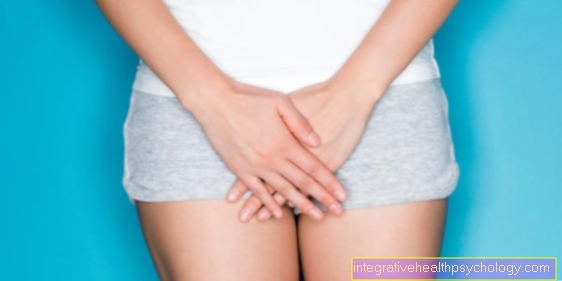


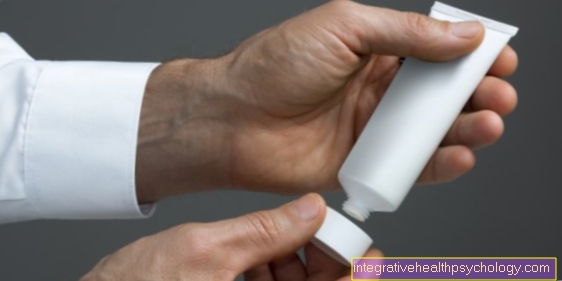

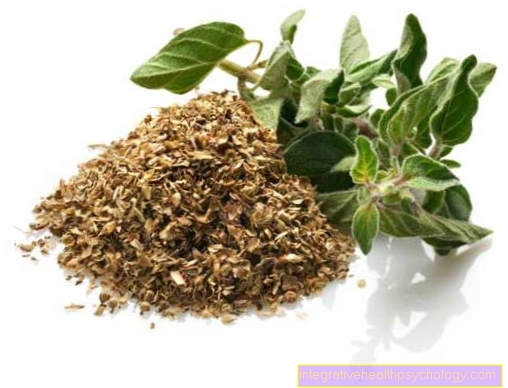





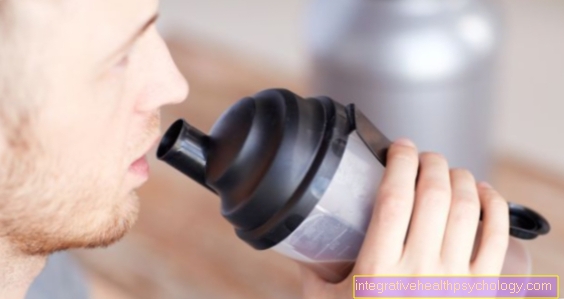
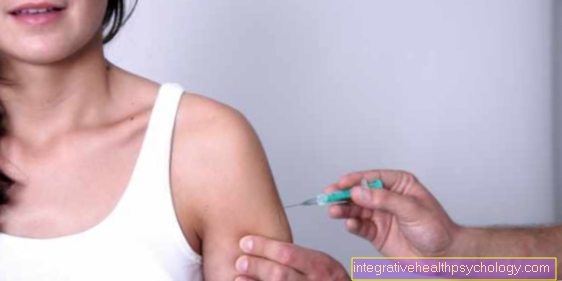

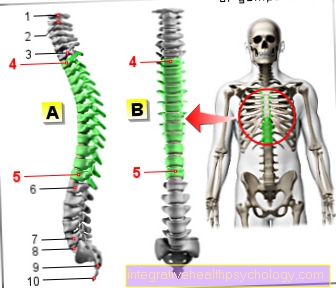

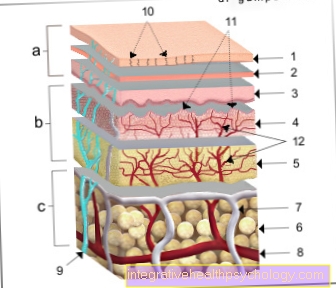

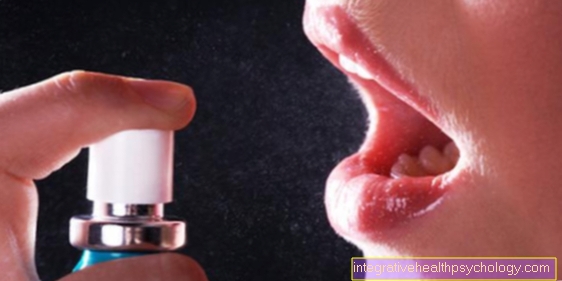
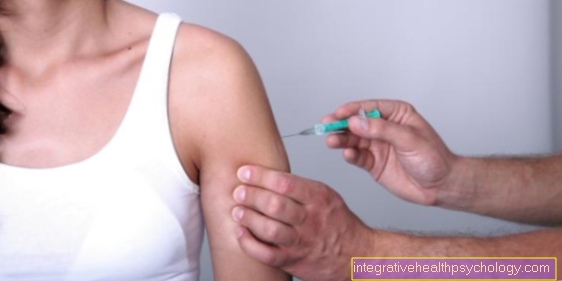


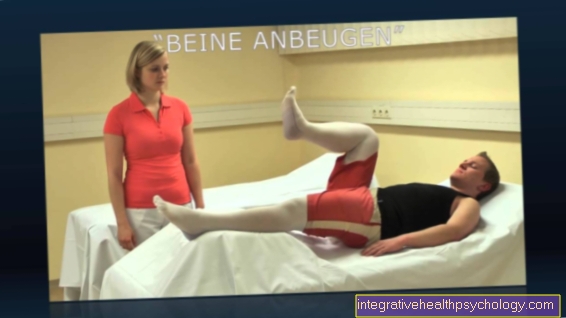


.jpg)


